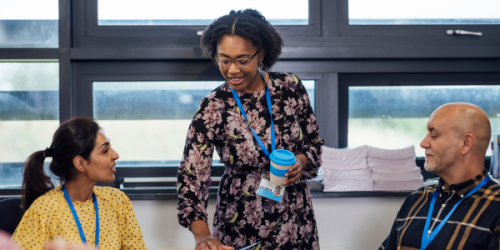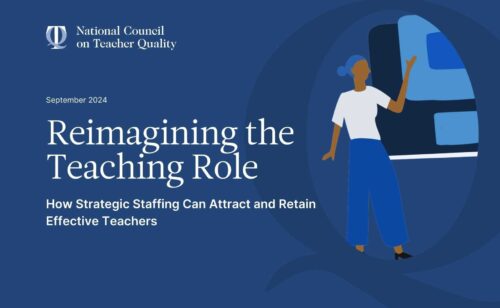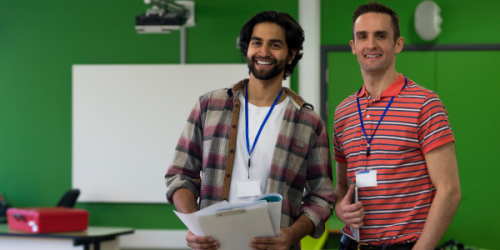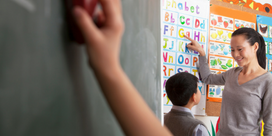About 20 school districts have adopted new staffing models known collectively as Opportunity Culture, each designed to maximize the impact of great teachers. In these districts, excellent teachers are given opportunities to reach to more students through leading a team of teachers or using class time and technology in innovative ways.
Makes sense, but does it work? Thanks to a recent study from Ben Backes and Michael Hansen, the first bit of evidence is in.
Using data from three school districts, the authors find impressive gains for the most popular model under the Opportunity Culture umbrella, the multi-classroom leadership model. In this model, teams of teachers work under one great teacher. The hypothesis is that schools can expand the impact of their best teachers from one classroom to multiple classrooms, provided the great teacher is calling the shots on such issues as the pace of learning, setting high expectations, and organizing how teachers and students spend their time. In theory, an exemplary teacher leading a team of three teachers goes from impacting 25 students to impacting 75 to 100 students. And expand the impact, it does, at least in mathematics.
The difference in student growth between students in these Opportunity Culture classrooms and regular classrooms in math, however, was as much as is typically achieved when students are assigned to teachers in the upper quartile of performance instead of just average. Even the superstar teacher appeared to maximize her impact with her own immediate students, with students performing 28 percent of a standard deviation better compared to students in regular classrooms. These are exceptional gains that should place districts’ adoption of Opportunity Culture on an accelerated growth track.
However, for reading, some of the statistical models found significant, positive effects of Opportunity Culture, but the preferred model found no effect.
The results weren’t nearly as impressive for another one of the Opportunity Culture models, essentially a blended learning model. Under this model, classrooms are re-envisioned as a series of learning stations, some of which use newer technology, to allow a teacher to focus on the most critical pieces of instruction, while support professionals under her supervision assist students. Student learning in these blended learning model classrooms remained similar in mathematics but was actually worse in reading by as much as 15 percent of a standard deviation compared to students in regular classrooms. While the reading results weren’t statistically significant in all of the models, skeptics of the big push for blended learning have a new arrow in their quiver.
More like this

What the teaching profession can learn from Netflix
What can the education field learn from Netflix? How to revolutionize staffing to better meet the needs of those you serve. Our outdated model of teaching makes it hard for schools to hire and keep great teachers.

Reimagining the Teaching Role
Our classrooms haven’t kept pace with the changing world. The Ford Model T represented breakthrough technology in its day—more than 100 years ago—but it wouldn’t serve us well today.

Building a strong student teaching model: Districts and teacher prep programs share successes and challenges
Here’s what we learned about what’s going well and what’s been challenging in building a strong clinical practice experience, as well as which policies and supports could lead to better experiences.

